#Renaissance painter
Explore tagged Tumblr posts
Text
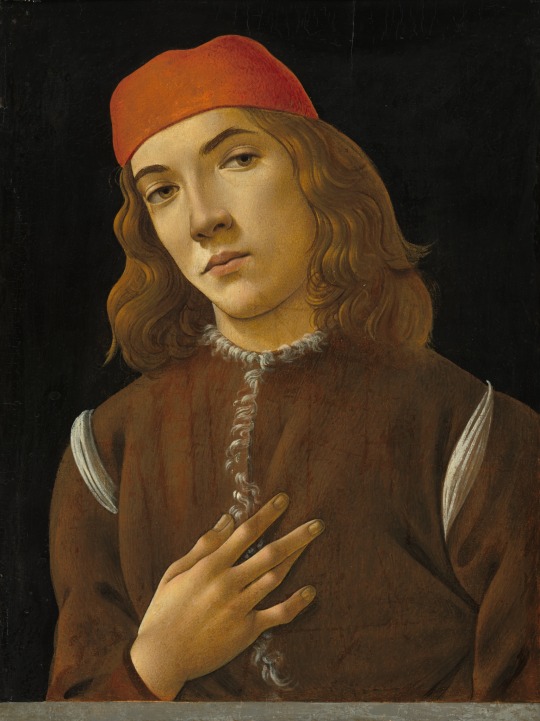
Sandro Botticelli
Portrait of a Young Man
c. 1483
#sandro botticelli#botticelli#renaissance#renaissance art#renaissance painting#renaissance painter#portraits#portrait art#portrait painting#italian art#italian painter#italian painting#italian artist#art history#aesthetictumblr#tumblraesthetic#tumblrpic#tumblrpictures#tumblr art#aesthetic#beauty#tumblrstyle
125 notes
·
View notes
Text
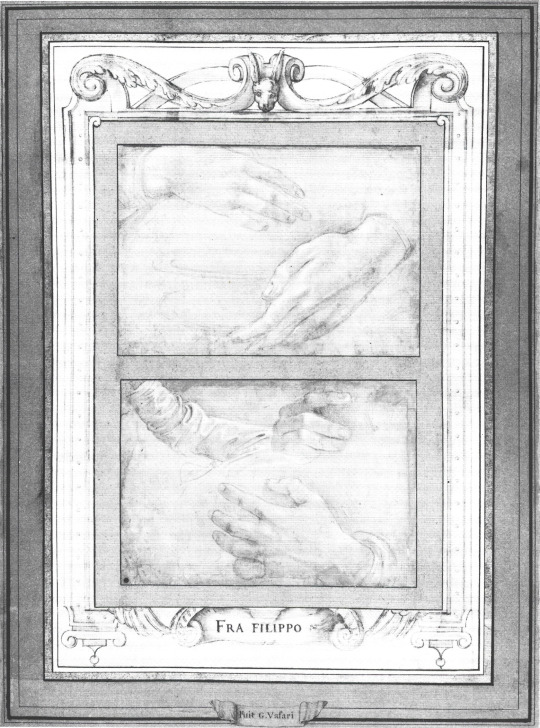
From Giorgio Vasari's Libro de' Disegni (Book of Drawings)
#my scan#drawing#art#art history#history#italian history#italian artist#renaissance#renaissance period#vasari#giorgio vasari#architecture#renaissance painter#architect#draw#pencil#hands#my scans#artists#artwork#scanned#sourced
21 notes
·
View notes
Text
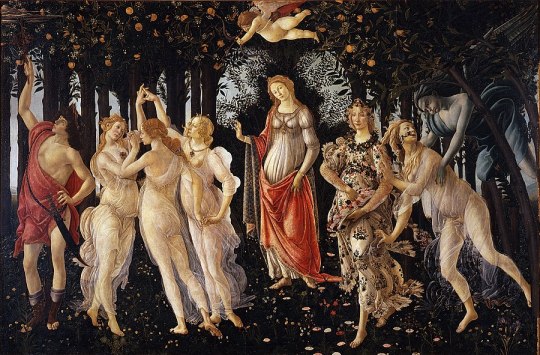
PRIMAVERA, (1477) by SANDRO BOTTICELLI
PRIMAVERA shows a group of figures from GREEK MYTHOLOGY in the garden or forest. Rather than depicting a particular scene from a mythological tale, it is thought that either BOTTICELLI presents these figures in this configuration for the sake of aesthetics, or, if there is a story in this painting, we don’t know what it is because we can’t find out about it.
The mystery of this painting is what makes it so appealing. While the painting’s title suggests that it’s an allegory of SPRING, there’s no consensus on what exactly the painting is trying to say.
It is probable that the main character is VENUS (the goddess of love) while the three grace dancers dance beside her. CHLORIS (the goddess of flowers) is chased by a figure of the west wind before changing into FLORA (reminiscent of a myth in OVID). MERCURY (the messenger god) stands on the left while CUPID (the figure of the arrow) flies above the scene.
The PRIMAVERA is particularly significant as it is one of the earliest examples in Western post-Classical painting of a non-religious scene.
#primavera#sandro botticelli#nothern renaissance#early renaissance#renaissance painter#northern renaissance#renaissance art#renaissance#Renaissance artist#Renaissance artwork
11 notes
·
View notes
Text
What is the Meaning of the Vitruvian Man

0 notes
Text
Sofonisba Anguissola (IT, 1532 - 1625)
Sofonisba Anguissola (IT, 1532 - 1625) Renaissance painter #PalianShow

View On WordPress
#Renaissance#art herstory#Female painter#herstory#Italian painter#italian renaissance#Maria de Dominici#Renaissance painter#Sofonisba Anguissola#women painters
0 notes
Video
1425 (ca.), Fra Angelico, Three predella panels by R.M.Lenox Via Flickr: From the museum label: These three panels representing holy figures in small round frames were originally joined to form one long sequence. They constituted the base, or predella, of a large altarpiece (reconstructed below) made for a convent of Dominican nuns in Florence. The central image shows Christ with the lance and sponge used at his Crucifixion. The other figures are saints whose relics were probably held in the convent church (from left to right, the Blessed Margaret of Hungary and Saints Cecilia, Mary Magdalen, John the Evangelist, Catherine of Alexandria and Agnes). Despite their small scale, the figures are all incredibly expressive. The artist was himself a Dominican friar. Born Guido di Pietro, he was given the name 'Fra Angelico' (Angelic Friar) in honour of his devotion and the refinement of his paintings.
#museum painting#personal photograph#high resolution#accurate color#Courtauld Gallery#London#photograph#painting#Italian artist#Italian painter#Italian painting#Renaissance#Italian Renaissance#Renaissance painter#Renaissance painting#Renaissance art#flickr
0 notes
Text

𝐏𝐞𝐧𝐢𝐭𝐞𝐧𝐭 𝐌𝐚𝐠𝐝𝐚𝐥𝐞𝐧𝐞
𝐃𝐨𝐦𝐞𝐧𝐢𝐜𝐨 𝐓𝐢𝐧𝐭𝐨𝐫𝐞𝐭𝐭𝐨
𝟏𝟓𝟗𝟖-𝟏𝟔𝟎𝟐
𝐎𝐢𝐥 𝐨𝐧 𝐜𝐚𝐧𝐯𝐚𝐬
#mary magdalene#penitent#Renaissance art#renaissance#tintoretto#penitent magdalene#Venetian school#italian painter#oil on canvas#oil painting#art history#religious art#holy art#1600s#1500s#italian art#history of art#Christian art#Domenico Tintoretto#art blog#art blogging#aesthetic#religious aesthetic#skull#cross#musei capitolini#capitoline museum#holy aesthetic#saint
2K notes
·
View notes
Text

Henri Pierre Picou, Jeunes femmes au bain, 1879
#traditional art#art detail#art history#traditional painting#oil painting#19th century art#classic art#art details#classical art#art#contemporary art#vintage art#art nouveau#art study#artwork#1800s art#20th century art#academic art#british art#fine art#german art#italian art#modern art#renaissance art#spanish art#victorian art#arte#painter#painting#paintings
1K notes
·
View notes
Text

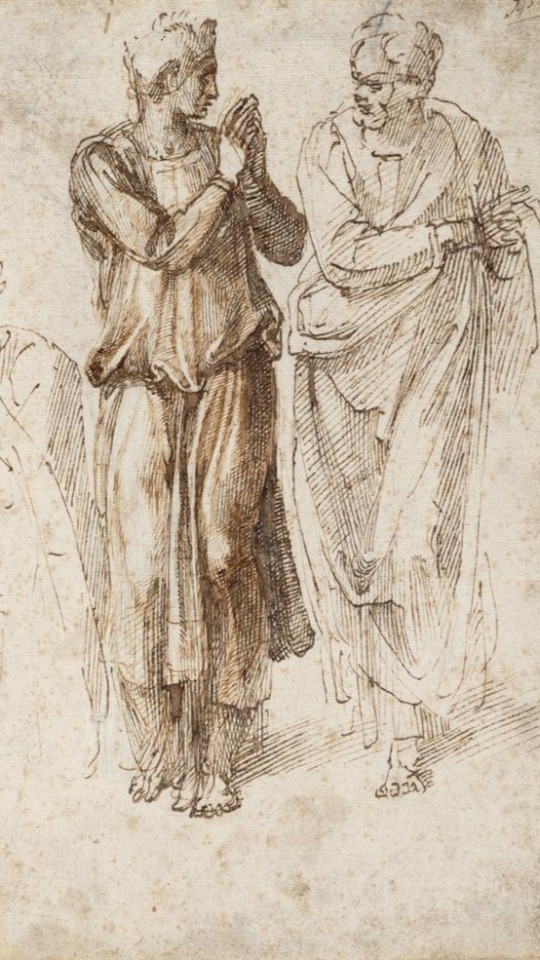
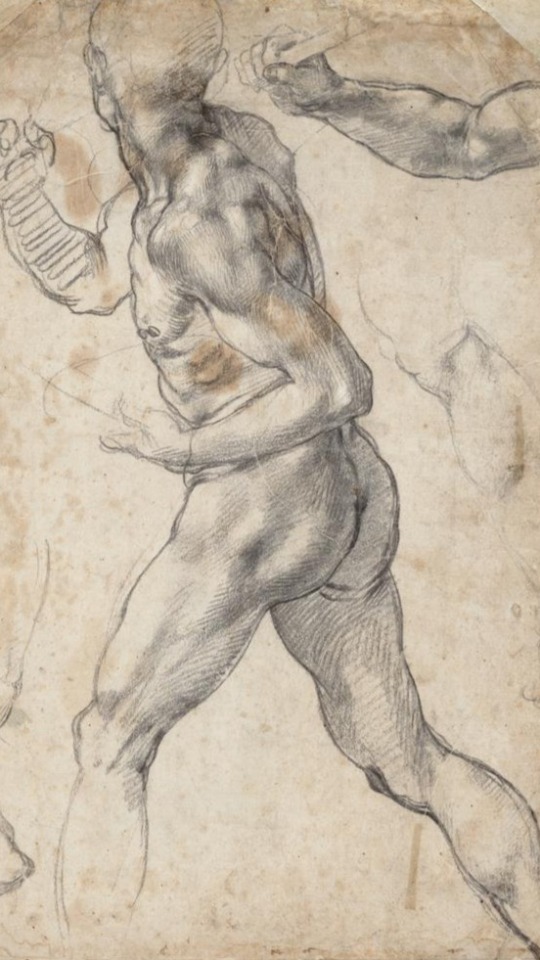
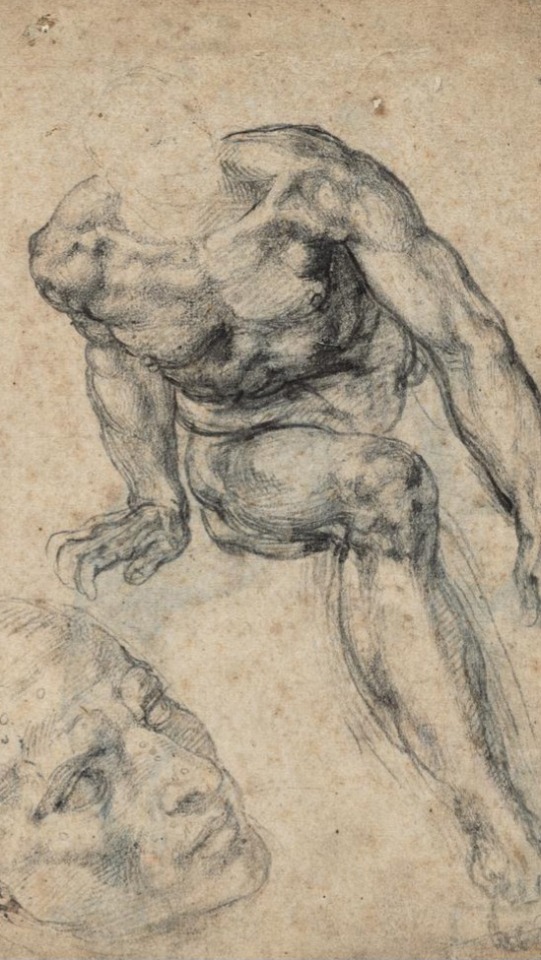


Michelangelo and His Drawings.
#michelangelo#italian#italy#italia#sculptor#painter#architect#poet#renaissance#western art#alternative#aesthetic#dark academia#dark academic aesthetic#dark aesthetic#aestheitcs#dark#art#light acadamia aesthetic#light academia#sketch#drawn#drawning#hand drawn#hand drawings
2K notes
·
View notes
Photo




Saint Jerome (detail), c. 1530 - 1540. The workshop of Jan Massys (Flemish, 1509-1575) Oil on oak panel
165 notes
·
View notes
Text
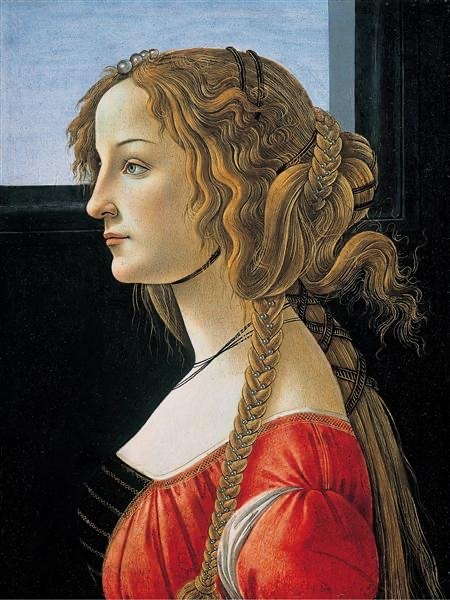
Sandro Botticelli
Portrait of Simonetta Vespucci (Portrait of a Young Woman)
1480
#sandro botticelli#portrait art#portraiture#portrait painting#portraits#italian artist#italian painting#italian painter#italian art#renaissance painter#renaissance painting#renaissance#renaissance art#art history#aesthetictumblr#tumblraesthetic#tumblrpic#tumblrpictures#tumblr art#aesthetic#beauty#tumblrstyle
71 notes
·
View notes
Text
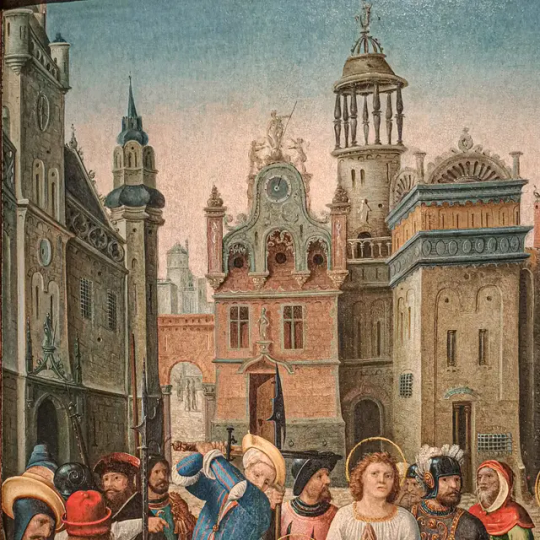
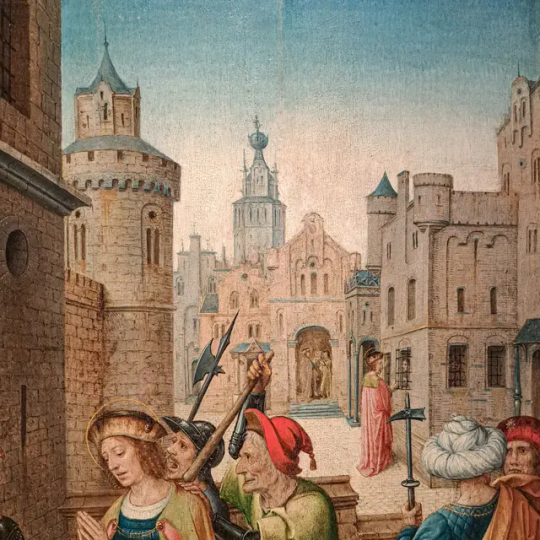
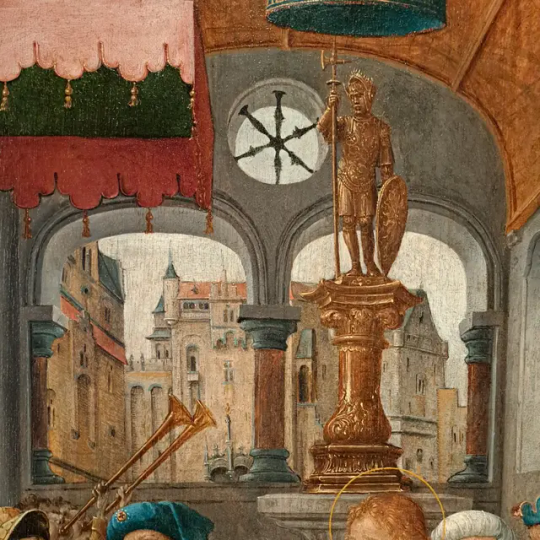

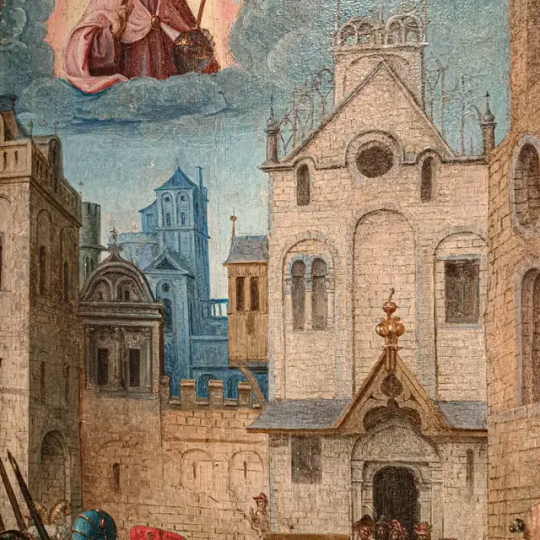
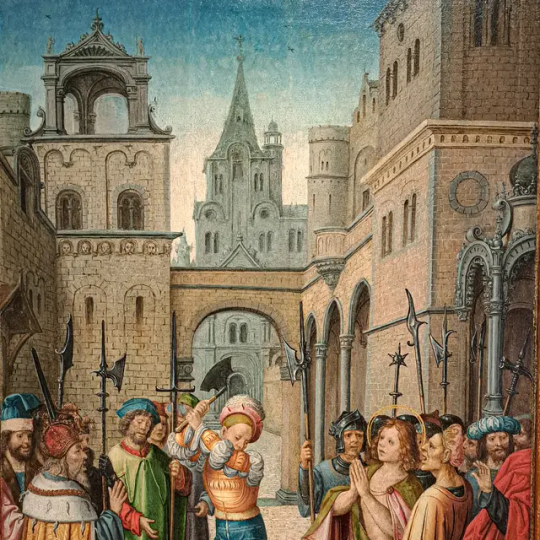
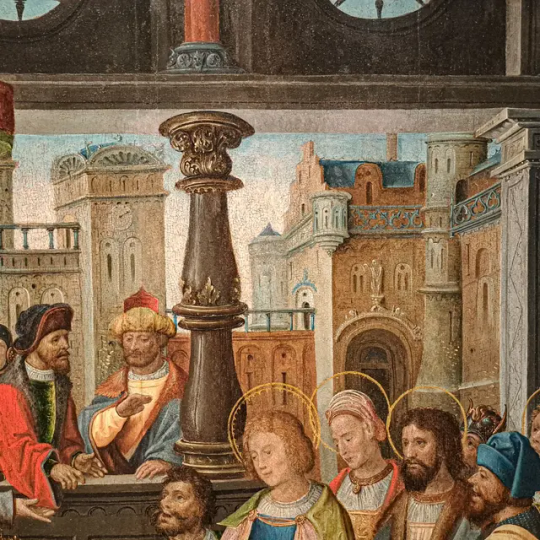
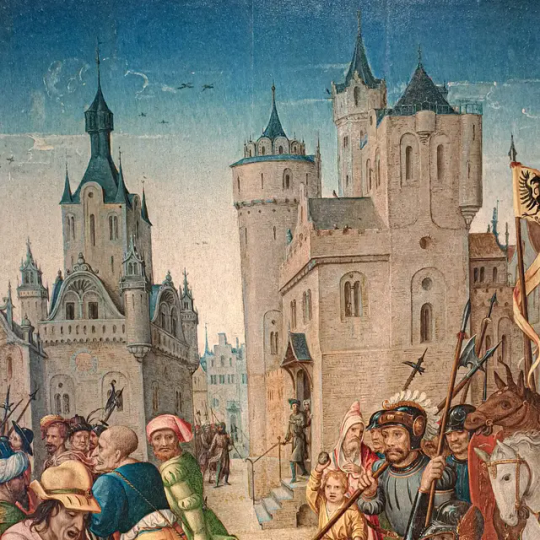
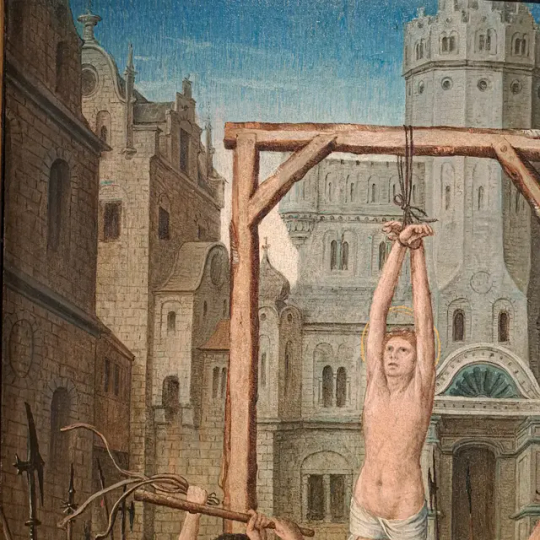
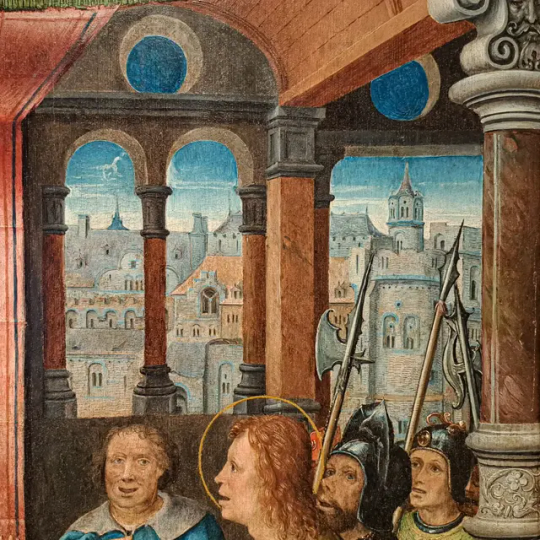
Details of architectural elements of late 15th and early 16th century flemish paintings (that were on display in museum Hof van Busleyden in Mechelen, Belgium)
The fantastical architecture blending flemish, brabantine and some northern italian features. A place where the late medieval flemish traditions and italian renaissance features meet.
As typical for flemish art; the details and backgrounds are as interesting as the subjects on the foreground.
#europe#historic buildings#architectural history#belgium#art history#flemish#flemish art#renaissance#renaissance art#renaissance architecture#flemish painter#paintings#painting#peinture#peintures#arte#artwork#art#16th century#historical interior#fine art#malerei#architecture#buildings#old building
99 notes
·
View notes
Text

SELF-PORTRAIT WITH FUR-TRIMMED ROBE (1500) by ALBRECHT DÜRER
This painting of DÜRER as CHRIST may be seen as a bold and provocative statement, but more likely, it is an expression of belief along with a faith in DÜRER’s ability as a creator. It portrays DÜRER as the artist, GOD’s gift to him.
The artist’s face is directly in front of the viewer’s face. The artist’s right hand is raised to his chest with his two fingers spread wide like a blessing. The artist has curly hair falling down to his shoulders. The artist has his monogram prominently displayed on the right side of his body.
The convention for portraits during the RENAISSANCE era was to have the sitter’s face in three-quarters view, mostly in a realistic setting. DÜRER’s choice of a frontal view with a dark, undifferentiated background reminds us of medieval religious paintings, particularly the devotional paintings of CHRIST, the son of GOD.
With his blessed hands, his long brown hair (although DÜRER was a dark-blond), and his idealized face, the artist in this painting clearly portrays himself as JESUS. And since the painting was made in the year of the apocalyptic, it would be a powerful representation of DÜRER’s self-consciousness as a Christian.
#self portrait with fur trimmed robe#albrecht dürer#nothern renaissance#northern renaissance#renaissance art#Renaissance painting#Renaissance painter
3 notes
·
View notes
Text
What is the story behind the Last Supper painting
0 notes
Text
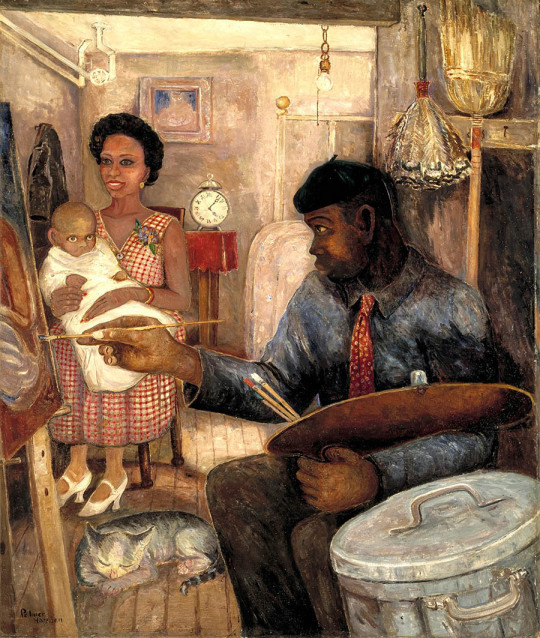
Palmer Hayden, The Janitor Who Paints, ca. 1930, repainted after 1940, oil on canvas.
Palmer Hayden was known for his paintings of the African-American scene. In a 1969 interview he described The Janitor Who Paints, created around 1930, as "a sort of protest painting" of his own economic and social standing as well as that of his fellow African-Americans.
The most immediate source for the element of protest that Hayden associated with the work, however, was his friendship with Cloyd Boykin, an older African-American painter who supported himself as a janitor: "I painted it because no one called Boykin the artist. They called him the janitor." Hayden incorporated details such as the beret and the subject of mother and child to reinforce the sense of artistic identity, while the clock alludes to the workman's schedule. (Smithsonian American Art Museum)
Details within the cramped apartment—the duster and the trashcan, for example—point to the janitor's profession; the figure's dapper clothes and beret, much like those Hayden himself wore, point to his artistic pursuits. Hayden's use of perspective was informed by modern art practices, which favored abstraction and simplified forms. He originally exaggerated the figure's facial features, which many of his contemporaries criticized as African-American caricatures, but later altered the painting. He maintained the janitor as the protagonist as it represented larger civil rights issues within the African-American community. (John Ott, "Labored Stereotypes: Palmer Hayden's 'The Janitor Who Paints,'" American Art 22, no.1, Spring 2008).
Photo: Smithsonian American Art Museum
#vintage New York#1930s#Palmer Hayden#African-American art#NYC art#painting#oil painting#painter#Harlem Renaissance#Cloyd Boykin#janitor#Janitor Who Paints
212 notes
·
View notes
Text
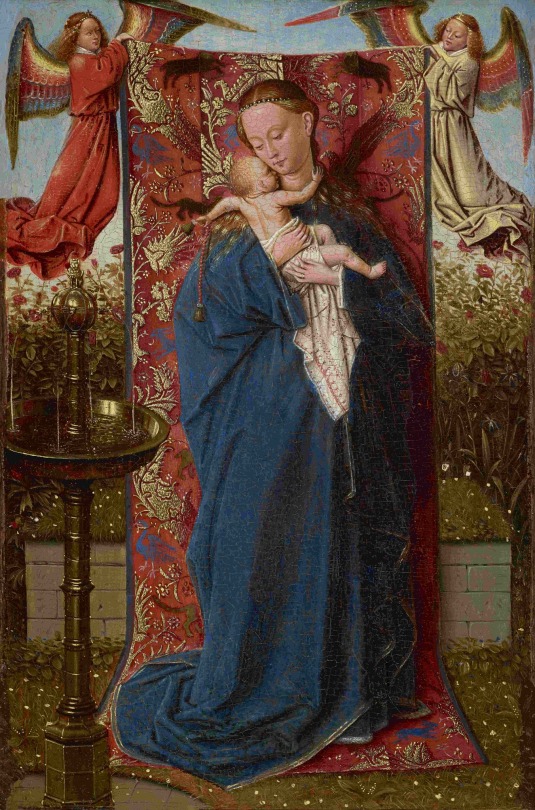
The Madonna at the Fountain (1439) by Jan van Eyck (c. 1390-1441), oil on panel, 19 x 12 cm, Royal Museum of Fine Arts, Antwerp ©www.lukasweb.be -Art in Flanders Photo: Hugo Maertens
#the madonna at the fountain#jan van eyck#15th century#painting#religious painting#oil on panel#royal museum of fine arts#antwerp#belgium#northern renaissance#renaissance#realism#symbolism#netherlandish art#spiritual#material#flemish painter#flemish art#art#fine art#mary#the madonna#jesus#jesus christ#christ#my upload
196 notes
·
View notes